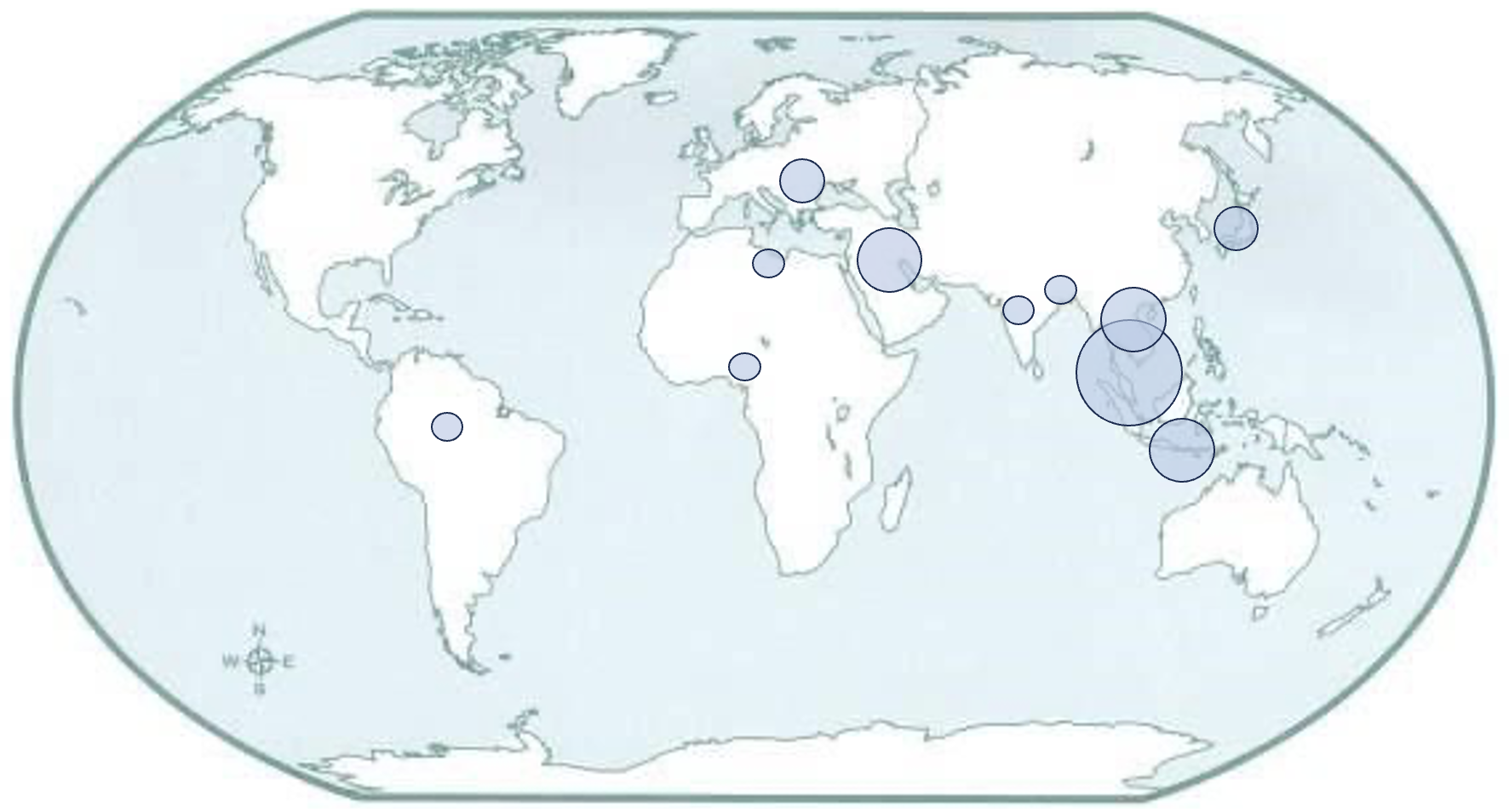Synthetization and Characterization of Yttria Stabilized Zirconia Powder from Amang Zircon Sand
DOI:
https://doi.org/10.37934/armne.28.1.105117Keywords:
Alkali fusion, amang zircon sand, yttria stabilized zirconia, zirconiaAbstract
Zirconia is widely used in industry as it exhibits high strength and amazing properties. However, pure zirconia powder is often unstable to be used in high temperature applications due to phase transformation that will lead to fracture and crack. Hence, zirconia is doped with yttrium oxide in order to enhance zirconium content and stability as it helps to hinder the phase transformation of zirconia. Locally available Amang zircon sand from tin tailing industry in Malaysia can be an economical alternative to synthesize zirconia due to the high zirconium content. Sadly, the study on utilizing Amang zircon sand is scarce despite decomposition of zircon sand to zirconia has been intensely done by other countries. Therefore, a study on Amang zircon sand was done with alkali sodium hydroxide fusion to obtain zirconium oxychloride. Zirconium oxychloride precursor was then stabilized with yttrium oxide in varied concentration using coprecipitation method with ammonia solution. Amang yttria stabilized zirconia powder was then characterized in order to study the effect of yttrium oxide concentration on Amang yttria stabilized zirconia powder. X-ray florescence analysis confirmed the high zirconium content of 71.01 wt.% after increasing the yttrium oxide concentration to 5 wt.% with lesser silicon impurity of 2.94 wt.%. The diffraction patterns satisfied monoclinic yttria stabilized zirconia with minor tetragonal and cubic phase. The peaks became sharper as concentration increased due to the stabilization of zirconia powder. Tetragonal and cubic phase increased along with the concentration, but the concentration of yttrium oxide was insufficient to fully stabilized the synthesized zirconia powder. Morphology analysis showed yttria stabilized zirconia powder was angular and pyramidal with large grain size in which led to high tendency of monoclinic phase.
Downloads





















